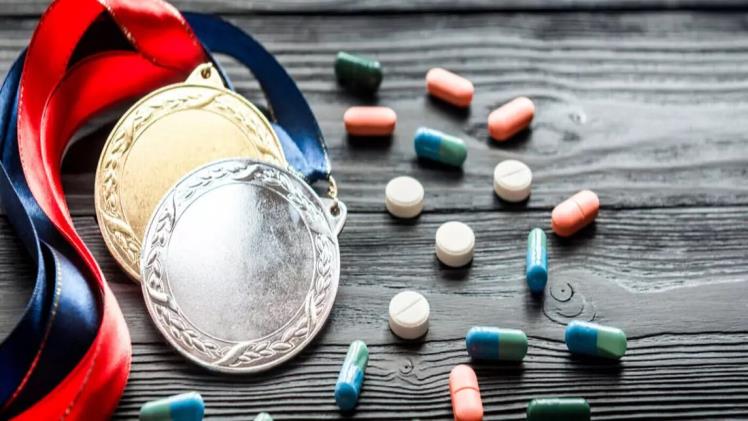
Doping and drugs are strictly forbidden in most sports, and athletes who use them face financial repercussions, poor health conditions and possible jail time. Furthermore, their actions can adversely impact their reputations and careers.
Doping is a prevalent issue in professional athletics, particularly professional weightlifters and bodybuilders. It also affects amateur athletes and other non-professional competitors on an extensive scale – from Olympic weightlifters to bodybuilders and sprinters to marathoners – but is relatively rare among professional athletes themselves.
Doping can take many forms, such as anabolic steroids, human growth hormones, stimulants and diuretics. These drugs have various effects on a body’s functions like muscle growth and recovery, hydration levels and energy levels.
Drugs are sometimes employed to enhance performance, but they also carry serious risks. Many sports leagues and groups have banned certain substances, and athletes who test positive may be disqualified or stripped of medals and world titles.
The World Anti-Doping Agency (WADA) maintains a list of prohibited substances. These include anabolic steroids, human growth hormones and other drugs, as well as stimulants and diuretics.
In the 1980s, doping in sports was a serious issue. When Ben Johnson’s gold medal at the 1988 Seoul Olympics was stripped away for using stanazalol, it brought to light how widespread and widespread doping could be in elite sporting competitions.
Please visit for more information: SW418 Login
This caused public awareness about the issue and prompted calls for an independent global organization to set unified standards and coordinate the work of sports organizations, law enforcement agencies and anti-doping officials. In 1999, the International Olympic Committee (IOC) organized a World Conference on Doping in Sport which ultimately led to the founding of WADA.
In 2004, the International Olympic Committee and World Anti-Doping Agency (WADA) jointly released a global code to outlaw performance-enhancing drugs. This code includes an extensive list of prohibited substances and methods which are strictly forbidden at all times – in competition or out – with exceptions granted for certain medical conditions.
Banned drugs include anabolic steroids, human growth hormones, stimulants and diuretics as well as certain medications used to treat diseases or medical conditions. They have the potential for causing a range of negative effects on the body such as cancer, heart disease and depression.
Some athletes take doping drugs to enhance their performance, but these can have serious side effects. For instance, certain drugs may lead to kidney damage or heart issues.
Doping can have detrimental effects on an athlete’s heart, blood pressure and lungs; it may even lead to depression and anxiety.
Athletes and coaches use doping drugs to enhance their performances. Unfortunately, these substances can lead to addiction, mental illness, and in extreme cases death.
Doping is a complex issue, but it’s essential for athletes to comprehend its risks. They can make their lives better by being aware of potential repercussions, taking an optimistic attitude towards abstaining from doping and accepting that their decisions have consequences. Visit For All About Lifestyle
Athletes present a special challenge not only because they’re physically attractive or athletic; but also as vulnerable individuals with histories of mental illnesses, low self-esteem and fear of failure. Therefore, to address the issue effectively requires a collaborative approach that includes education, motivational interviewing and pharmaceutical interventions.



